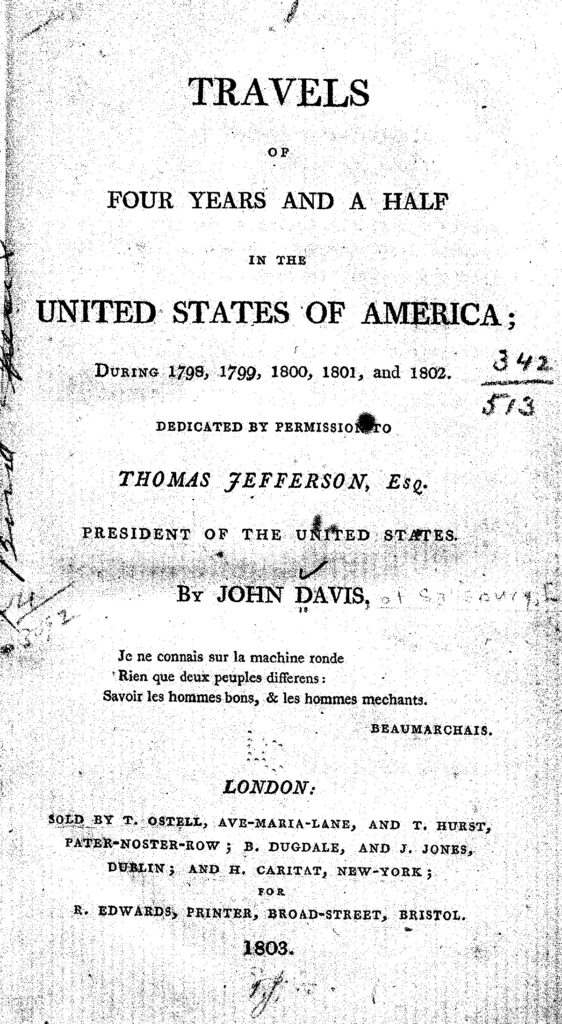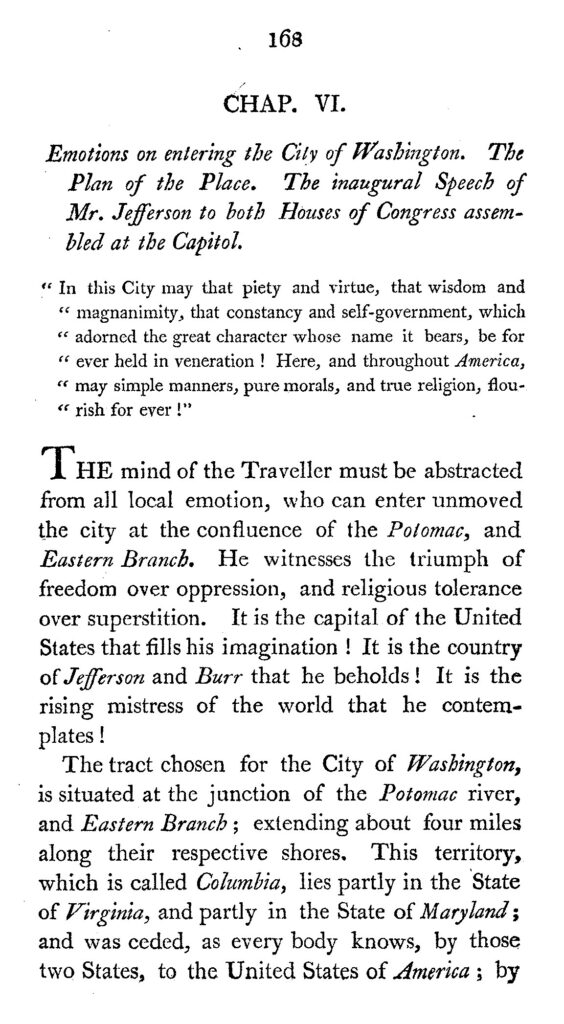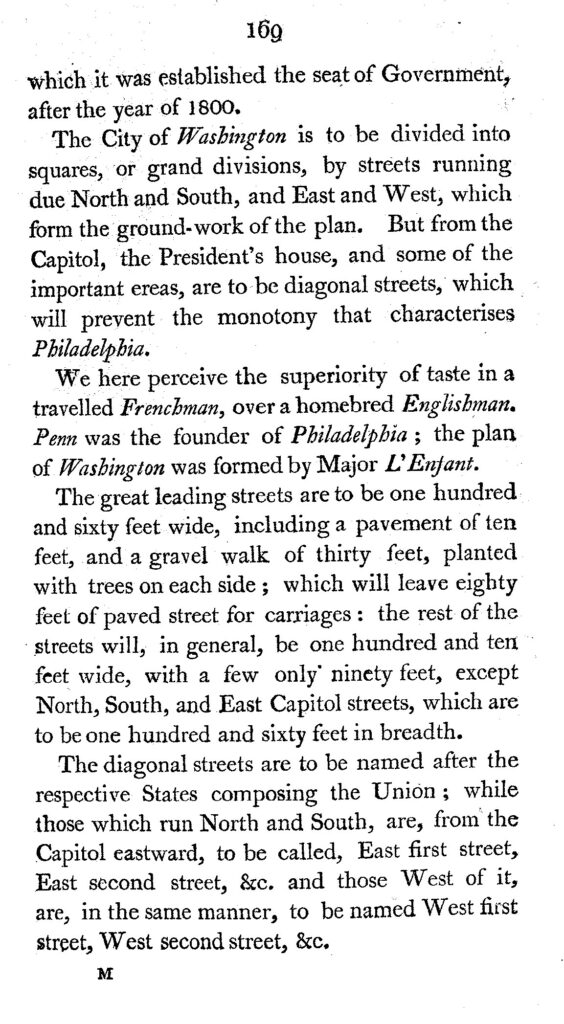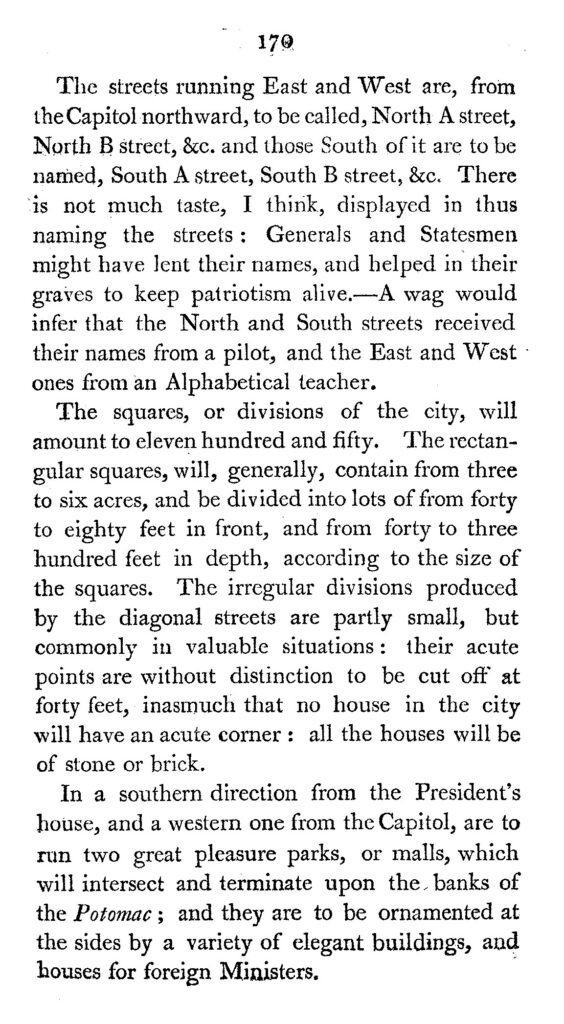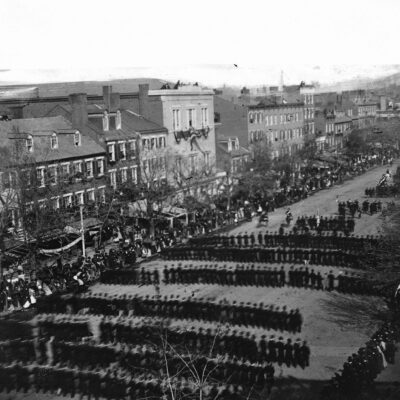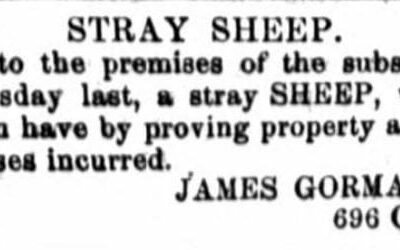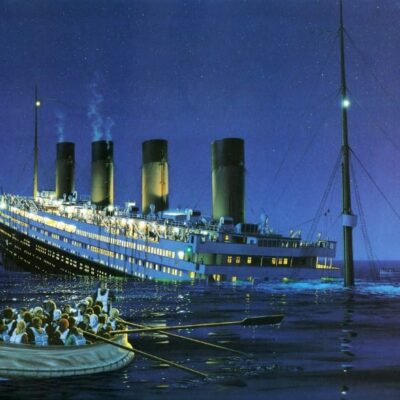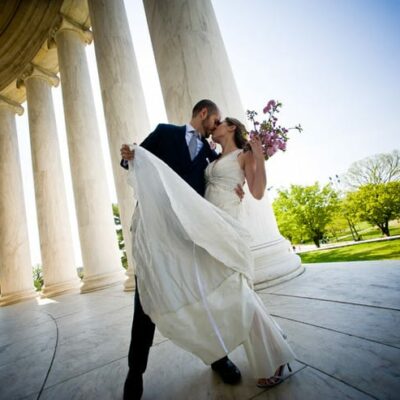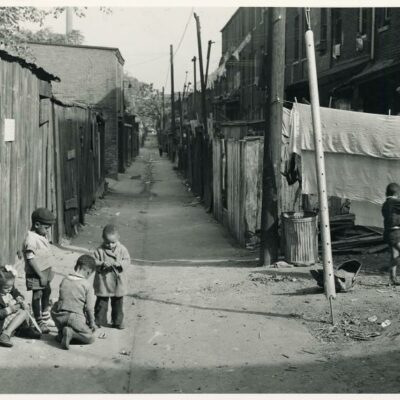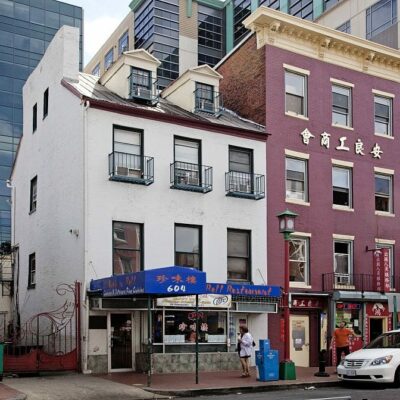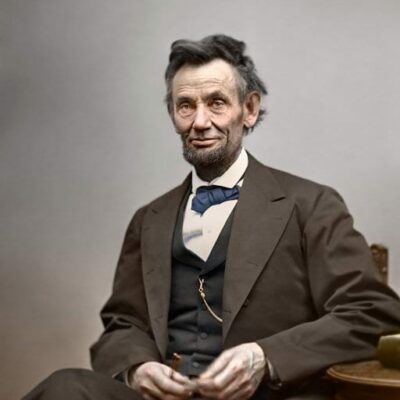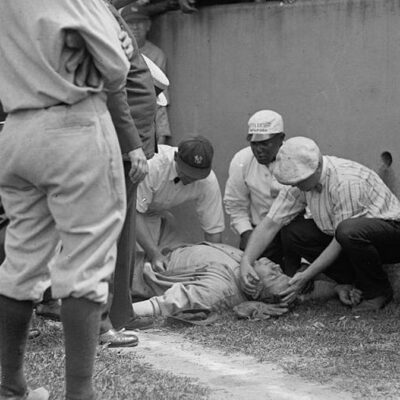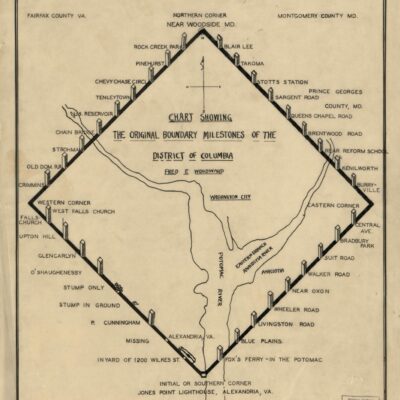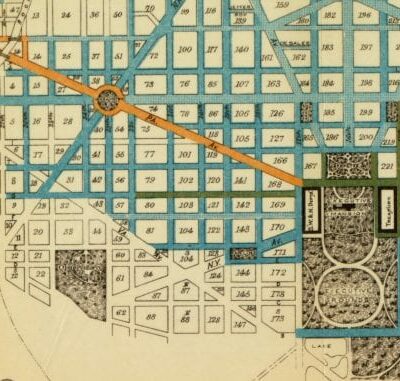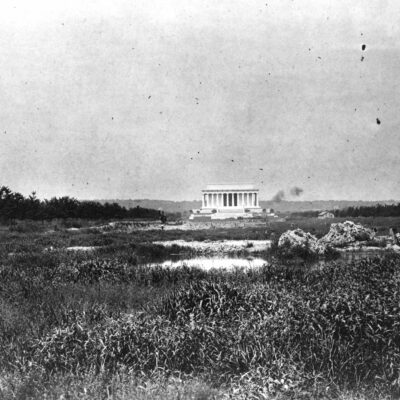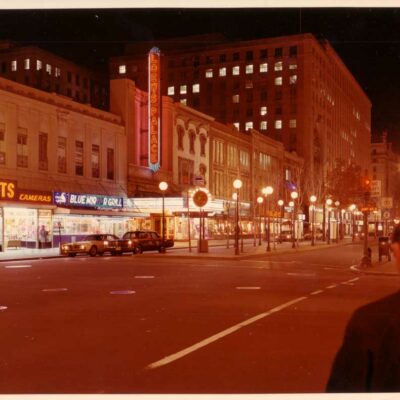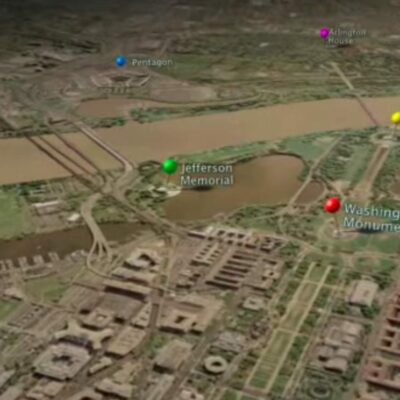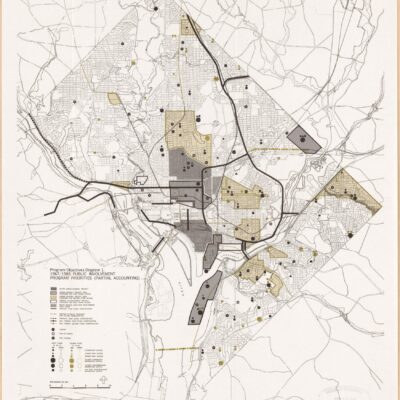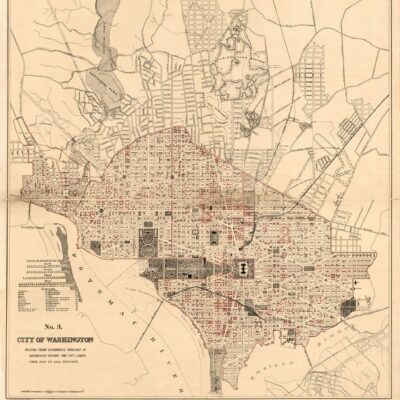What did the young nation’s capital look like at the end of the 18th century? It didn’t house the seat of government until the following year and this is a fascinating first-hand account of what the city looked like by Mr. John Davis, a “young man of lively and observant fancy, who came to these shores about 1798.”
These impressions were printed in The Washington Post on November 7, 1886 under the title “When the City Was New,” documenting travel through Alexandria, Georgetown and the new federal city. Mr. Davis wrote and dedicated a book about his travels to then-newly inaugurated President Thomas Jefferson. He had arrived in Washington to witness Jefferson’s inauguration after travels from New York to Philadelphia, Charleston and then Georgia. Below is the first quote from his book describing the early city.
He details the plan of the city, which is as good a description of it as one could well make now; then he says, “A road is making from the Capitol to Georgetown, and another on the New Jersey avenue, between the Capitol and Eastern Branch.” Such was the march of street improvement at that days. Here is a curious item: “Between the Capitol and President’s House there has been dug a well, which suddenly overflowed, continues to overflow, and will probably forever overflow, and runs into the woods across the road before the house.”
It’s great to think of the area around the White House as quaint, with a well, a small forest in a much more rural time.
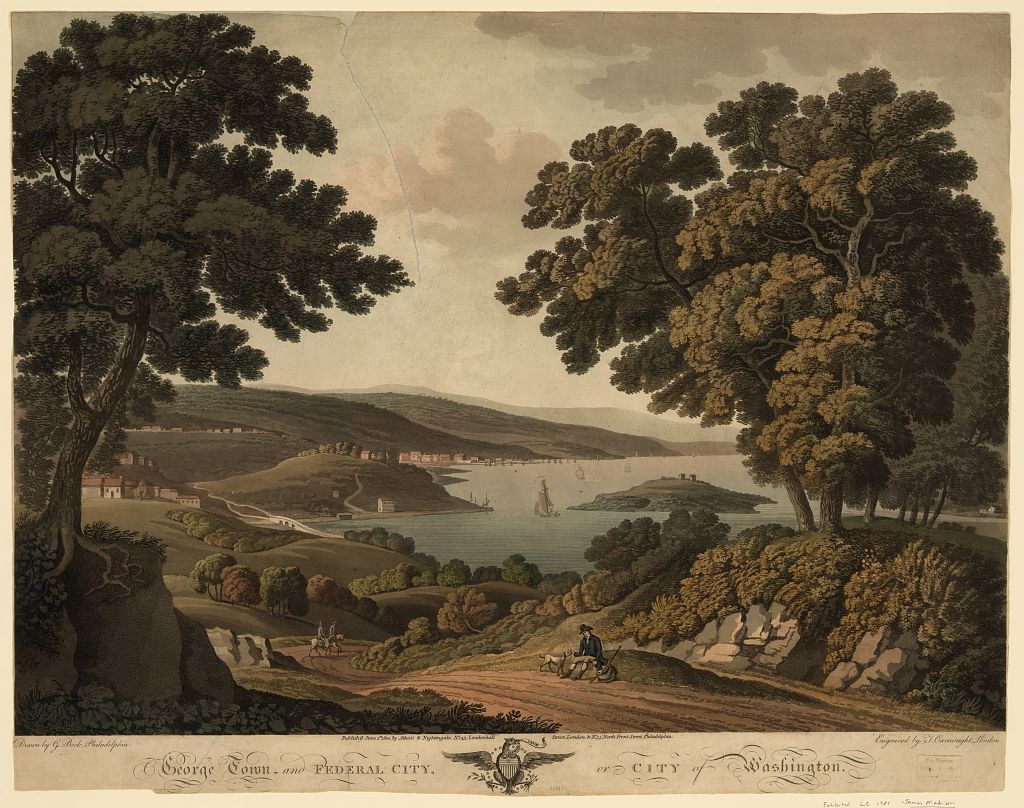
The article continues by mentioning Davis’ fondness for the Tiber Creek.
“Having breakfasted in Georgetown, I proposed a walk to the Capitol. In our progress through the houseless streets of the Imperial city the excessive heat of the sun provoked thirst, and to allay it we retied into the woods and seated ourselves by the Tiber.” Times have changed since a pedestrian who fel athirst between Georgetown and the Capitol had to go into the woods and drink water. A party of colored children told him the name of the stream was Goose Creek. He says: “Of Goose Creek (or, more magnificently, the Tiber) the water is excellent, and it is in contemplation to collect it in a grand reservoir near the Capitol and supply the houses with it by means of pipes, while the superfluous water will form a variety of fanciful cascades, delighting they eye and refreshing the air.”
Davis was clearly an admirer of the new president saying he “came, however to the [White] House without ostentation. His dress was of plain cloth, and he rode on horseback to the Capitol without a single guard or event servant in his train, dismounted without assistance and hitched the bridle of his horse to the palisades.”
John Davis returned to New York after his stay in Washington but was encouraged to come back to the city after his friend and vice president, Aaron Burr, called on him to become personal secretary to Secretary of the Treasury Albert Gallatin. It took him three days via stagecoach to make the trip. He described the arrival in the city as being “very dreary” and the “inhabitants of the place were few … there were no objects to catch the eye but a forlorn pilgrim forcing his way through the grass that overruns the streets, or a cow ruminating on a bank.”
Unfortunately for Davis, when he arrived at the Treasury Department, he was forced to wait in the ante-room for quite some time while Secretary Gallatin wrapped up meeting with “some Cherokee chiefs.” He was then ushered into a room to meet Gallatin, who was not expecting nor had heard of him, and summarily asked him to leave.
Down, but not defeated, he set sail from Georgetown en route to Alexandria. He described his trip below.
The river here is very beautiful. Mason’s (Analostan) Island forms one continued garden; but what particularly catches the eye is the Capitol, rising with sacred majesty above the woods.
Half way to Alexandria, they stopped at the Widow Bull’s house where they “smoke and quaffed”smoked and quaffed under a spreading locust tree, and thus beguiled the thirst and tedium of the voyage from Georgetown to Alexandria, as voyagers even to this day delight to do.”
While in Alexandria, he found accommodations at Gadesby’s Hotel to be “the best house of entertainment in the United States.” He made his was down to Occoquan, where he stayed for three months, after which he returned to Philadelphia, and then Baltimore. While in Charm City, he corresponded with Vice President Burr, who insisted upon covering the costs of his fruitless trip to Washington.
Doing a little research, we found the book available in its entirety as a PDF at the Library of Congress. Here is a preview of a few pages for you to read through.
